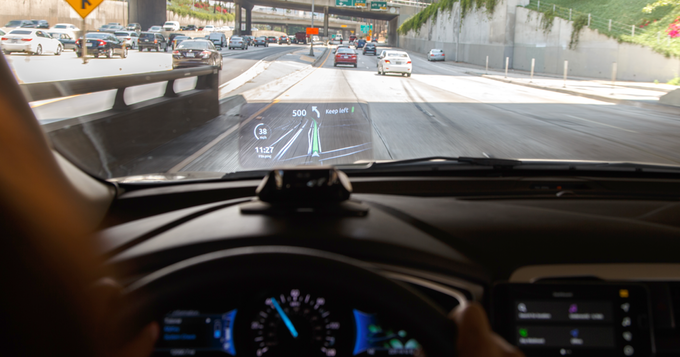Machine learning, or ML, is transforming how we live, work, and make decisions. From predicting customer behavior to powering self-driving cars, ML is not just a buzzword—it’s a vital tool in the modern data-driven age. In this blog, we’ll explore what ML really is, how it works, and why it matters in everyday life.
The Basics: What Is ML?
At its core, ML is a type of artificial intelligence that allows systems to learn and improve from experience without being explicitly programmed. This means that instead of a human writing a detailed list of instructions, a computer uses data and algorithms to make decisions and predictions. The more data it processes, the better it becomes at identifying patterns and refining its output.
Also Read: 6 Best Youtube Tools to Grow your Channel
For example, when you use a streaming service and it recommends a movie based on your viewing history, that’s ML at work. It “learns” from what you’ve watched and what others with similar tastes have enjoyed to serve up relevant suggestions.
How Machine Learning Works
Machine learning models are trained using datasets. A dataset might include numbers, images, text, or any form of digital input. The model analyzes this data and builds a mathematical representation of the patterns within it. Over time, and with enough high-quality input, the system can predict future outcomes or classify new data with a high degree of accuracy.
There are several types of ML, including:
- Supervised Learning: The model is trained on labeled data, meaning the correct answer is provided, and the model learns to replicate it.
- Unsupervised Learning: The system is given data without labels and must find hidden structures or patterns on its own.
- Reinforcement Learning: The model learns by interacting with its environment and receiving feedback in the form of rewards or penalties.
Each approach has its strengths and is suited for different kinds of problems.
Real-World Applications of ML
ML is used in countless industries and continues to reshape how we understand and engage with the world. In healthcare, it helps detect diseases earlier and with more accuracy. In finance, it’s used to detect fraud and assess credit risk. In retail, ML drives personalized marketing, inventory management, and sales forecasting.
Voice assistants, such as Siri and Alexa, use ML to recognize and respond to voice commands. Email systems use ML to filter spam and prioritize important messages. In the transportation industry, ML supports route optimization and predictive maintenance.
The Role of Data in ML
One of the most crucial components of ML is data. Without clean, relevant, and sufficient data, even the most advanced ML models won’t perform well. Data preparation, which includes cleaning and formatting, is often the most time-consuming part of any ML project.
Feature selection (choosing which variables in your dataset are most relevant to your problem) is also critical. Poorly chosen features can lead to inaccurate predictions, while the right ones can significantly boost a model’s performance.
Why ML Is Important
The value of ML lies in its ability to automate decision-making and uncover insights from vast amounts of information. This allows businesses to be more agile, respond faster to market trends, and improve the customer experience. ML also helps reduce human error in tasks like diagnostics, risk assessments, and predictions.
Also Read: 10 Free Instagram Reels Video Download Online
In an era where data is being generated at unprecedented levels, the ability to extract meaning from that data is essential. And that’s precisely where machine learning excels.
Summing Up
Machine learning is no longer just a concept for tech experts. It’s a part of our everyday lives, influencing how we shop, work, travel, and stay healthy. By understanding the basics of ML and its practical applications, we can better appreciate the technology shaping our future and make smarter decisions in the present.
























